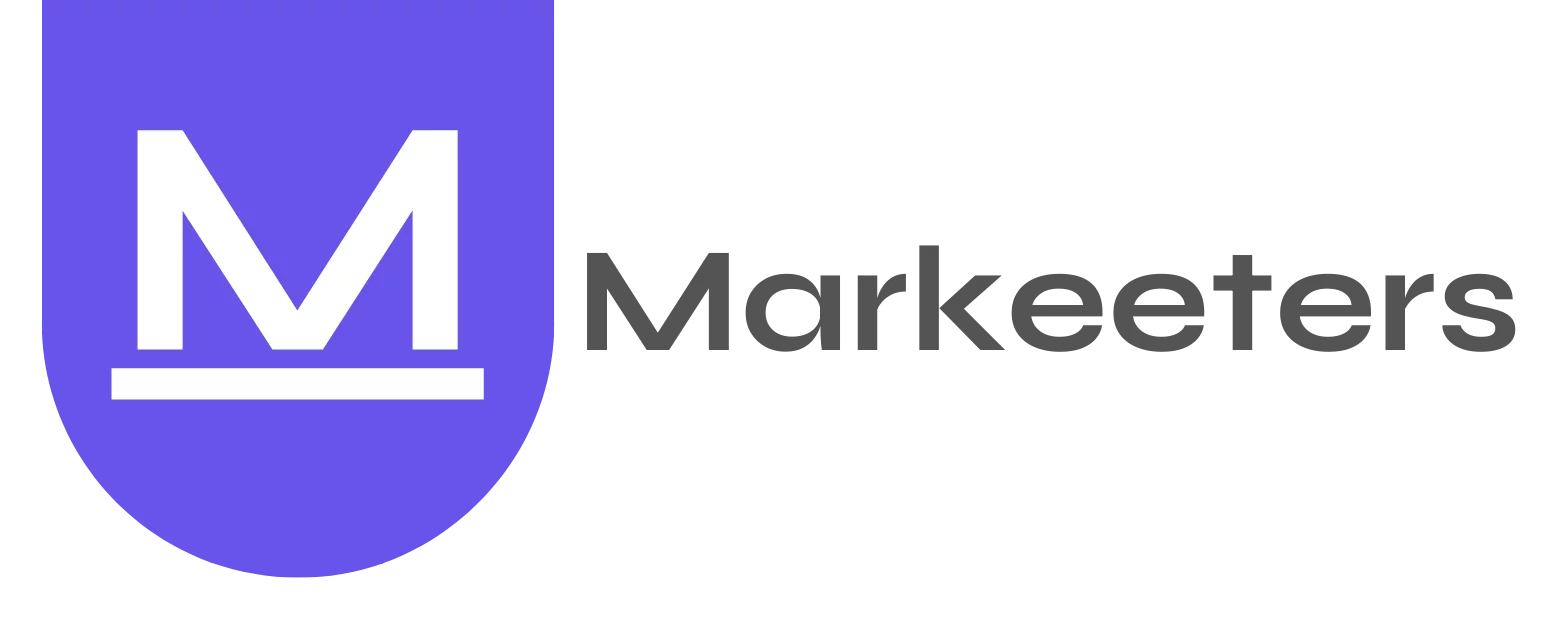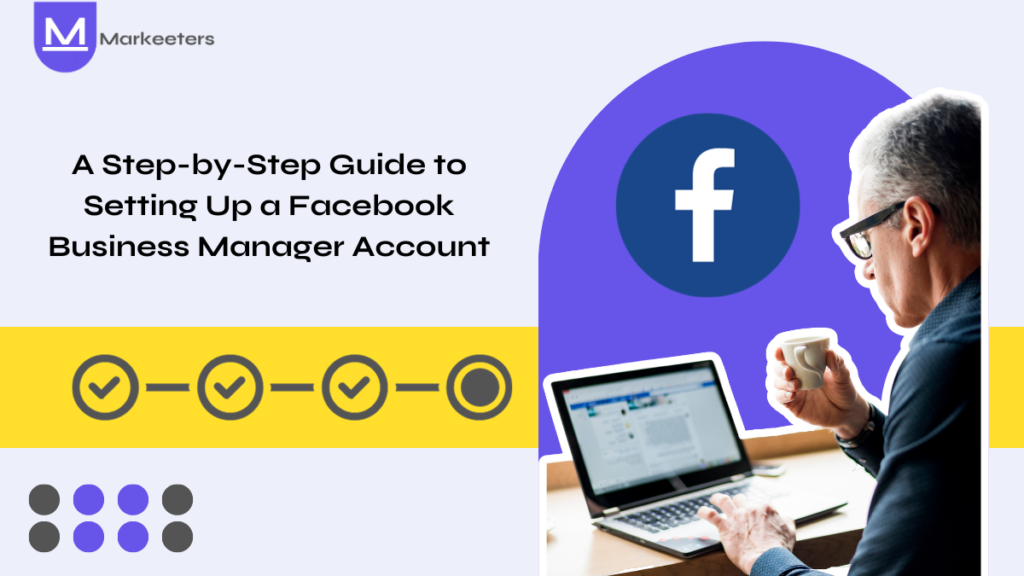In 2023, creators are making more digital stuff to share on social media and earn money. Want to do the same on Facebook? Here’s a simple guide about digital products and the best practices for selling digital products on Facebook.
Digital products are things like music, videos, eBooks, and online courses. Even though you can’t touch or taste them, everyone uses them. Many business owners create businesses just selling these online items because they’re popular and easy to share. Others sell digital products alongside their regular items or services.
What Are Digital Products?
Digital products are items you can sell online without making or storing physical copies. Think of them as files people can download or stream. Examples are songs (MP3s), eBooks (PDFs), videos, and design templates. Since there’s no physical stock to run out of, you can sell them as many times as you want. For example:
- Online classes
- Fun quizzes
- Videos
- Handy PDFs
- Slides for presentations
- Spreadsheet templates
- Pictures
- eBooks
- Cool games
- Journals and prompts
- Lists and checklists
- Blog posts
- Whitepapers
Why Sell Digital Products on Facebook?
Facebook has nearly 3 billion users, so there’s a good chance many of your potential customers are already there. Some expert creators even earn up to $10,000 a month by selling their digital items on Facebook!
Selling on Facebook isn’t just about making money. It’s also a way to get your brand known. There are lots of groups and pages on Facebook where people chat about all sorts of things. This gives you a chance to join these chats and show off your digital products. Plus, you can make your own page to grow your brand and reach even more people, which can help boost sales everywhere.

How to Start Selling Digital Products on Facebook
- Understand Your Audience
First, know who your customers are and what they want. Research online and use Facebook Groups to find out what they’re talking about. You can even ask them directly or run Facebook polls to learn more. - Set the Right Price
Decide how much to charge for your digital items. Look at what your audience can afford and how they usually buy. If you’re unsure, you can always change the price later. - Plan Your Sales Process
Think about how to turn interested people into buyers. Maybe offer a cheaper product first, and then suggest a more expensive one. Whatever you decide, it should match what your audience wants and can afford. - Promote Your Product
Facebook has tools like Ads, Pages, and Groups to help you. There’s also the Meta Business Suite for even more options. Find out where your customers spend time on Facebook and share your products there. Having your own Facebook page also helps keep people interested in what you offer. - Make Your Digital Product
Use tools like Canva or Adobe for graphics, or Excel for spreadsheets. - Know the Rules
Facebook has rules about selling. Make sure you know them so you don’t get in trouble. - Start Selling
- Facebook Groups: These are places where people talk about specific topics. Join the conversation and tell them about your product. But, remember to follow the group’s rules.
- Facebook Marketplace: It’s not just for physical stuff! You can also list your digital products here. Add pictures, price, and a description.
- Facebook Ads: These put your products in front of people who might be interested. You pay based on how people interact with your ad. It can be a bit pricey, but it’s a good way to reach more people.
- Live Events: Use Facebook Live to host events. Talk about your topic and then suggest your product for more information.
Remember, it’s all about understanding what your audience wants and offering it to them in a way they find appealing.
Why Choose Digital Products Over Physical Ones?
- Less Costs: You don’t need a physical store, stock, or shipping. This means fewer expenses.
- More Profit: Without costs for goods every time you sell, you keep most of the money you make.
- Easy Automation: Once someone buys, they get their product right away. This means less work for you.
- Flexibility: Give away free items to get more email sign-ups, charge monthly for special content, or let people pay to use your digital items.
- Big Market: Online learning is getting huge. By 2026, it’ll be worth $374 billion. That’s a lot of chances to earn!

Things to Remember
- Free Stuff Everywhere: Lots of digital things are free online. Make sure your stuff stands out. Think about what you sell, who you sell to, and how you describe it. Quality matters!
- Watch Out for Theft: Digital things can be copied or stolen. Use good tools to keep your products safe.
- Facebook Rules: Facebook has rules. For example, you can only sell physical things on their selling platform.
But don’t worry! Most of these issues can be solved with the right tools and strategies.
6 Best Digital Products to Sell Online

- Educational Products:
- Think online courses.
- Make your course engaging with videos, quizzes, and interactive activities.
- Don’t just educate; promise transformation.
- Offer free content to attract customers.
- Licenses for Digital Assets:
- This includes selling rights to use your photos, videos, and music.
- Think about what people need and create assets to match.
- Protect your work with watermarks.
- Know that some platforms might take a commission.
- Membership Sites:
- Bundle your digital products and offer them via subscription.
- Great if you have lots of content and a community.
- You can have content that’s streamed, not downloaded.
- Digital Templates and Tools:
- Tools that help people save time or do tasks better.
- Examples: marketing strategy templates, design templates, Photoshop plugins.
- Consider turning your services into digital products.
- Music or Art:
- Sell your music or art in digital forms.
- Musicians can sell ringtones; artists can offer wallpapers.
- Test different formats to see what your audience likes.
- Services:
- Pair services with digital products.
- For instance, a designer can offer logos, or a personal trainer can provide a workout plan.
- Consider offering a valuable digital product with your service.
When using Facebook, showcase these products with engaging content, leverage Facebook Ads to target the right audience, and always prioritize your customers’ needs to ensure success.
Best Practices for Selling Digital Products on Facebook

1. Consider the Formatting
In order to ensure compatibility across various device types, digital products should be formatted to suit the needs of mobile, tablet, and web devices. This may even entail offering distinct iterations of your product that cater to the specific device requirements, particularly in the case of interactive goods such as courses and games.
The colors may differ when converting a product from a physical to a digital format, given that printed materials utilize CMYK colors and digital products generally employ RGB. Prior to starting sales, it is advisable to verify that the digital products possess the intended appearance.
Lastly, you should take the aspect of your URLs into account. Hyperbolic or lengthy URLs lack the professionalism that succinct and pertinent link names convey. Additionally, URL truncation can yield favorable results in terms of search engine optimization (SEO). This a minor but crucial detail that warrants careful consideration!
2. Consider Microlearning
The implementation of microlearning involves the decomposition of extensive and intricate subjects into manageable learning units. To illustrate, a 10-minute video can be segmented into individual one-minute segments in order to increase the likelihood of viewer engagement until the conclusion. Microlearning improves audience retention of the information presented in your digital products, in addition to increasing engagement.
3. Include a Call to Action
By using a call to action (CTA), you instruct your consumer on their next course of action. Every digital product ought to conclude with a distinct call to action. In addition, it is possible to incorporate numerous calls to action (CTAs) throughout a lengthy digital product. The following are examples of actions that customers can be prompted to perform via a CTA:
- Click through for additional details.
- Seek a product demonstration or tour.
- Register for an open trial.
- Contact us for a consultation or quotation.
- Explore a different digital product or website.
- Acquire an additional digital product
4. Request Input From Your Clientele
Ask new customers how they learned about your product, why they’ve decided to purchase it, and what they like and dislike about it when you make a sale. These insights are crucial for the future development and promotion of successful products. Inquiries regarding the purchase decision may be incorporated into the check-out process, while feedback surveys concerning the learner’s encounter with the product ought to be administered subsequent to their completion of a minimum portion of the content offered by the product. This method will assist you in obtaining timely, accurate, and beneficial insights.
5. Over Time, Optimize Your Strategies Continuously
You will discover which types of content resonate with your audience through trial and error and marketing research. It requires perseverance, fortitude, and practice to achieve success, as it is not always possible to do so immediately. On a monthly and quarterly basis, you should assess the performance of each category of digital product sales to determine which are performing the best. Furthermore, one may attempt to compute the return on investment (ROI) for individual products in order to determine which subject matters or categories of content merit increased production. This metric is computed by comparing the expenses incurred for the production and promotion of a digital product to the revenue generated during a designated period.
Additionally, your audience may be receptive to your monetization strategy; therefore, experimenting with different sales techniques may be beneficial. An audience with a limited budget might be more receptive to a purchase if they are offered a free trial or can examine a sampling of the product prior to making a purchase. A similar dynamic can be observed in the preferences of audiences towards different forms of video monetization, with some favoring subscription models and others pay-per-view.
You may want to consider developing additional digital products to sell on Facebook, TikTok, Instagram, Amazon, or other marketplaces as your company expands. To increase revenue, you may also attempt to sell your existing products through these additional channels.
Remember, it’s all about understanding your audience and testing different strategies to see what works best!
Conclusion
Selling digital products is a good way to improve your brand’s image and make extra money online. Plus, you can also offer more expensive items to your customers. Facebook is one of the best places to sell digital products because it connects to many people and has tools to help with marketing. To succeed, research the market, try different tactics to see what your audience likes, and make sure your Facebook promotions match their interests. Also, always ask your customers for their opinions. This is one of the best practices for selling digital products on Facebook, as it helps you offer even better items in the future!
Best Practices for Selling Digital Products on Facebook with Markeeters
If you’re looking to sell digital products on Facebook, Markeeters can help any company get started with effective ads. Just like the way platforms support the creation and selling of online courses, Markeeters provides remote talent in digital marketing. With the right strategies, you can bundle various digital products or sell them individually. Trust Markeeters to guide you in the best practices for Facebook marketing!
Frequently Asked Questions
What Exactly Are Digital Products?
Digital products are items that you can sell online without the need for physical copies. They can be anything from music tracks, eBooks, and videos, to design templates and online courses. The beauty of digital products is that there’s no physical inventory to manage, meaning you can sell them countless times without running out of stock.
Why Should I Consider Selling Digital Products on Facebook?
Facebook is home to nearly 3 billion users, making it a vast platform to reach potential customers. Many creators earn substantial income by selling digital items on the platform. Beyond the profit potential, selling on Facebook is a strategic move for brand visibility. With various groups and pages dedicated to diverse interests, you have an opportunity to showcase your digital products to a vast audience. Moreover, you can establish a dedicated page to foster and grow your brand’s community, which can positively influence sales across various platforms.
Are There Any Challenges I Should Be Aware of When Selling Digital Products?
Yes, there are several challenges. With the internet brimming with free digital content, it’s essential to ensure your products offer unique value and stand out. There’s also the risk of your digital content being copied or stolen, so it’s crucial to have protective measures in place. Additionally, while Facebook is a fantastic platform, it has specific rules for selling; for instance, its selling platform is designed for physical goods. However, with the right tools and strategies, you can navigate these challenges effectively.





